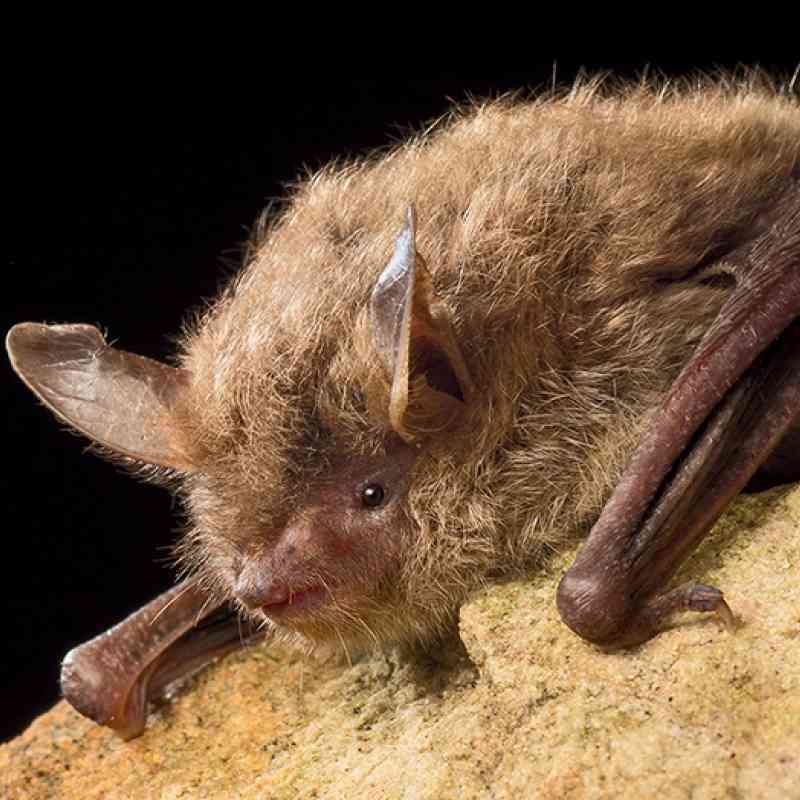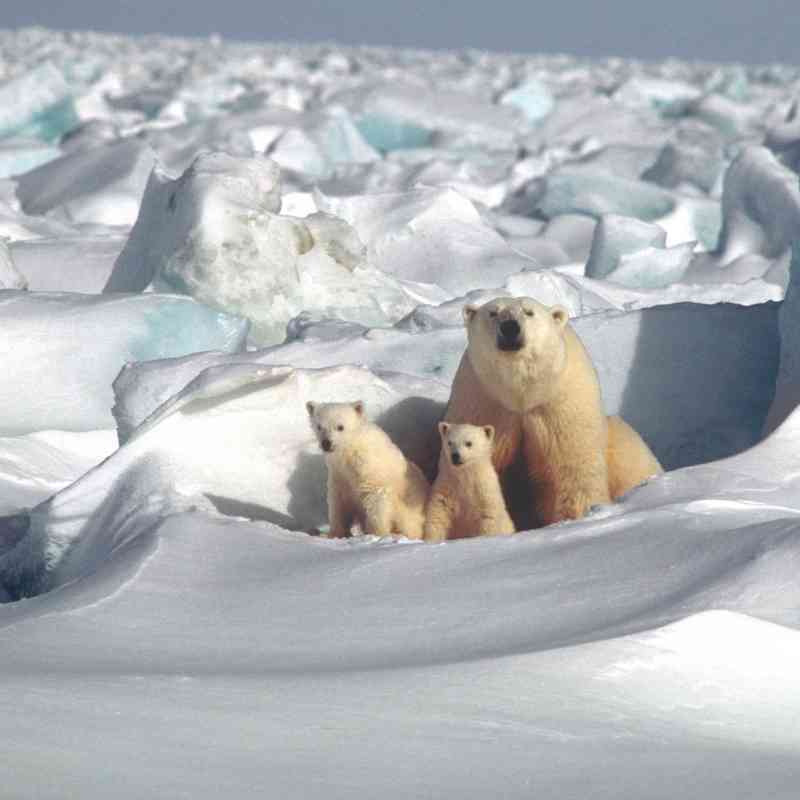New Study Confirms Importance of Delaware Bay Stopover to Long-term Red Knot Health
WASHINGTON (07/08/2011) -Conservation groups welcomed the news that the U.S. Fish and Wildlife Service (FWS) has decided to speed up the initiation of the process to formally add the highly imperiled rufa subspecies of red knot to the list of threatened and endangered species.
The decision follows the release of the 2011 count of the main wintering population in South America, which found a decline from the previous winter of at least 5,000 birds -- approximately one third of the population. The decision also coincides with the release of a new study that confirms the importance of an abundant horseshoe crab population to the survival of the red knot. Red knots put on weight by stopping on the bay to feed on horseshoe crab eggs. Birds with higher weights have a better chance of reaching the Arctic to breed and survive into the next year. The study confirmed the key role of Delaware Bay horseshoe crabs in the survival of red knots.
A number of recently released studies conducted by a variety of agencies have shown no significant increase in the number of horseshoe crabs. Despite this growing evidence of over exploitation of the horseshoe crab population Atlantic States Marine Fish Commission has not reduced harvest in the last 6 years. In fact, the Atlantic States Marine Fisheries Commission, which regulates the horseshoe crab harvest, dismantled its own shorebird technical committee after it recommended a moratorium on harvests.
“We are pleased the Fish and Wildlife Service has recognized the urgency to begin listing the red knot. The knot has been languishing on the list of candidate species since 2006. This year’s huge decline in wintering red knots provides clear evidence that the status quo is not working. Unless action is taken now, red knots may be on an irreversible slide to extinction,” said Caroline Kennedy, Senior Director of Field Conservation at Defenders of Wildlife.
“New Jersey Audubon commends the U.S. Fish and Wildlife Service for acting on the science. Clearly, red knots are imperiled and an endangered species listing has provided so many of our nation’s imperiled wildlife a safety net from extinction,” said Eric Stiles, Vice President for Conservation and Stewardship.
“The U.S. Fish and Wildlife Service decision to list the rufa red knot, though long overdue, will someday be recognized as the turning point in staving off its extinction” said Darin Schroeder, Vice President of Conservation Advocacy for American Bird Conservancy.
“The public is deeply concerned about the loss of these amazing shorebirds. There need to be stronger steps taken to protect the horseshoe crabs and red knots, and the endangered species listing is a powerful and much needed action” said Tim Dillingham of the American Littoral Society.
Background:
- Since 2005, four formal requests to list the red knot under the Endangered Species Act have been submitted to the FWS. Citing a lack of resources and other priorities, the Service failed to list the bird but placed it on the candidate list in 2006. Since then, red knot numbers have continued to fall.
- The decline of red knots and other shorebird species has been caused by a dramatically diminished supply of horseshoe crab eggs after millions of crabs were removed from the Bay beginning in the 1990s.
- When red knots leave Delaware Bay in poor condition due to the lack of horseshoe crab eggs, they either die before ever arriving in the Arctic or arrive in too poor a condition to successfully reproduce. As a result, adult birds are dying off without being replaced by juveniles, leading to a decline in population.
- Attempts to rebuild the Delaware Bay horseshoe crab population through minimal reductions in harvest quotas have to date been unsuccessful. The State of New Jersey implemented a moratorium on horseshoe crab harvesting in 2008. Since that time, the ASMFC has undermined the effect of New Jersey’s moratorium by establishing quotas for Delaware, Maryland and Virginia that allow similar numbers of crabs to be harvested as prior to the moratorium.
- Governments and scientists from five other countries where red knots breed, stopover or winter are studying and working to address the other threats the species faces. At a recent meeting attended by many of the knot experts, they agreed that rebuilding the horseshoe crab population at Delaware Bay by implementing a moratorium until recovery occurs is the top management priority.
- Red knots are not the only species affected by the horseshoe crab fishery. Other species including sanderlings, ruddy turnstones, and semi-palmated sandpipers also depend on an abundant supply of horseshoe crab eggs at the Delaware Bay stopover. Each of these species has experienced significant declines as well.
Read more about red knots on Defenders' blog.
Contact(s):
Robert Johns, American Bird Conservancy, (202) 234-7181Tim Dillingham, American Littoral Society, (732)245-8332
Margaret O'Gorman, Conserve Wildlife Foundation, (609) 647-9310
Caroline Kennedy, Defenders of Wildlife, (202) 772-3207
Maya van Rossum, Delaware Riverkeeper, (215) 369-1188 ext 102
Bill Stewart, Delmarva Ornithological Society, (610) 864 0370
Eric Stiles, New Jersey Audubon Society, (908) 240-9316
Defenders of Wildlife is dedicated to the protection of all native animals and plants in their natural communities. With more than 1 million members and activists, Defenders of Wildlife is a leading advocate for innovative solutions to safeguard our wildlife heritage for generations to come. For more information, visit www.defenders.org.
Defenders of Wildlife is celebrating 75 years of protecting all native animals and plants in their natural communities. With a nationwide network of nearly 2.2 million members and activists, Defenders of Wildlife is a leading advocate for innovative solutions to safeguard our wildlife heritage for generations to come. For more information, visit defenders.org/newsroom and follow us on Twitter @Defenders.

